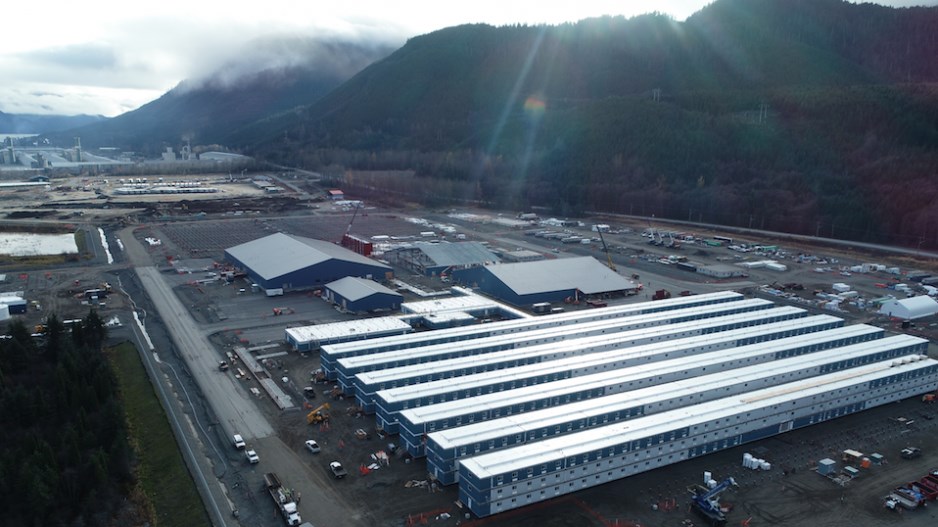With mounting concerns about a slowing global economy and a worrying downshift in per capita growth across the advanced economies, the recent release of Statistics Canada’s Provincial and Territorial Economic Accounts Review contains some good news for B.C.
While gross domestic product (GDP) — the broadest measure of growth produced by the national statistical agency — is necessarily backward looking, it is still important to understand how the province’s economy has performed and whether we are improving prosperity. It turns out that in both areas, B.C. has done surprisingly well.
In 2018, B.C. and tiny Prince Edward Island were tied for top spot in the provincial growth rankings, with each posting a 2.6 per cent gain in real GDP. Quebec also put in a solid showing with its 2.5 per cent expansion.
While last year’s result is gratifying, the fact that B.C. has led the way in Canada in overall economic growth for a half-decade is more impressive. From 2013 to 2018, B.C.’s economy grew at an average annual rate of three per cent, well ahead of the Canadian pace (1.9 per cent) and appreciably better than Ontario (2.4 per cent). The impact of the 2015-16 oil price collapse (and ongoing market access problems) is evident, as the once high-flying Alberta and Saskatchewan economies managed only 1 per cent and 0.8 per cent average annual growth rates, respectively, over the same period. And Newfoundland’s economy actually contracted from 2013 through 2018.
The figures on aggregate economic growth fail to account for demographic factors. Provinces with the fastest-rising populations will normally experience bigger increases in GDP than provinces with little or no population growth, but that doesn’t mean they will lead the way in boosting individual prosperity. That’s why it’s crucial to look at trends in real economic growth on a per person basis.
On this more revealing metric, British Columbia has also performed reasonably well. B.C.’s per capita real GDP rose by one per cent in 2018, second only to Quebec. While far from a world-beating result, this was ahead of the other provinces. And looking again at the medium-term picture, B.C. has enjoyed even stronger gains in overall prosperity. Per capita GDP has risen at an average annual pace of 1.4 per cent since 2013, nearly double the national benchmark. Ontario and Quebec were not far behind, but after that the other provinces drop off quickly. The impact of the oil price slump is starkly apparent when GDP growth is stated in per capita terms — the three most oil-dependent provinces have all suffered outright decreases in average living standards in the last five or six years.
While B.C. stands out within Canada for both total and per capita GDP growth, it is far from clear that this pattern will continue. For one thing, the past several years included a long stretch of unusually robust residential real estate investment, with spending on both home building and home renovation delivering a substantial lift to economic growth.
The province also benefited from decent export growth, although total export receipts did take a hit from a downturn in interprovincial merchandise exports linked to the oil price collapse. Consumer expenditures have also noticeably bolstered GDP growth since 2013 (although less so recently).
All three of these elements have lost momentum and will likely drag the five-year average down as we move through 2021-22.
Exports have sagged amid a weaker global economy and the crisis gripping the province’s forest industry (our No. 1 source of export earnings). Residential investment is expected to adjust in the face of aggressive policy interventions to cool demand. And consumer spending in B.C. will be constrained by record household debt loads and still-high housing costs.
On the other hand, B.C.’s economy is poised to benefit from a shift towards investment-driven growth in non-residential structures. In recent years, such investment has added very little to economic growth in the province. But that is changing.
Non-residential investment has picked up, buoyed by LNG Canada’s massive $40 billion project, several other major capital projects and a surge in permit values for commercial and other non-residential buildings. Unfortunately, business investment in machinery, equipment and advanced technology products continues to lag, making it difficult to crank out significant gains in productivity.
Still, we believe that, coupled with a steadily expanding population, the strength in non-residential investment should be sufficient to keep B.C.’s economy on a modest growth trajectory over the next two to three years — provided the U.S. and global economies manage to steer clear of recession scenarios.
Jock Finlayson is the Business Council of British Columbia’s executive vice-president and chief policy officer; Ken Peacock is the council’s chief economist



